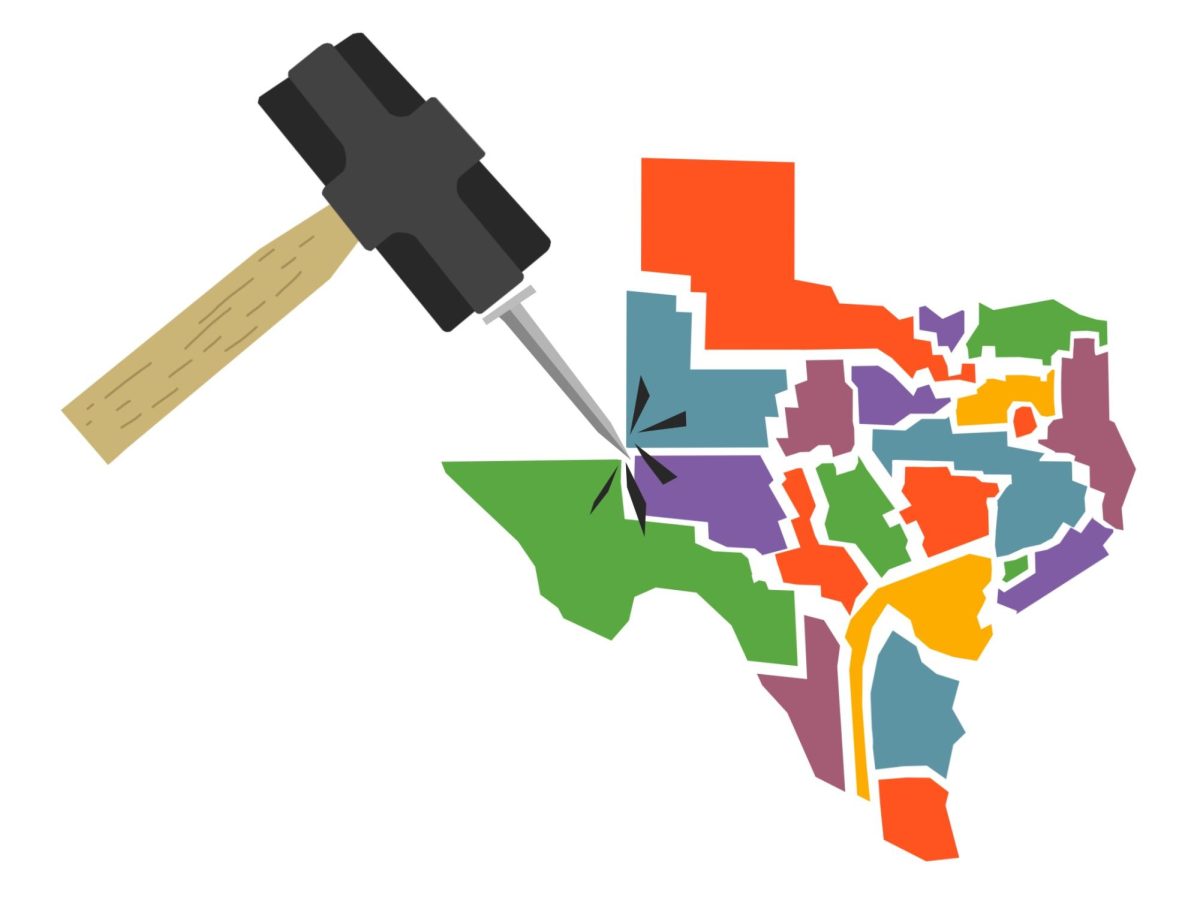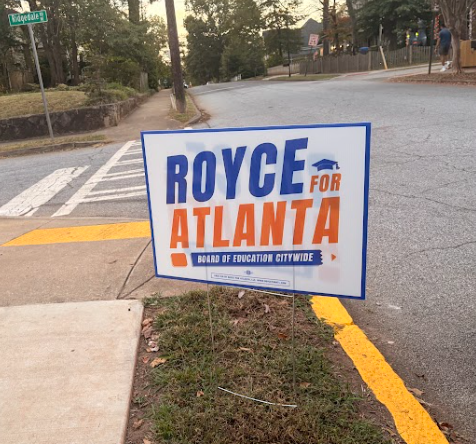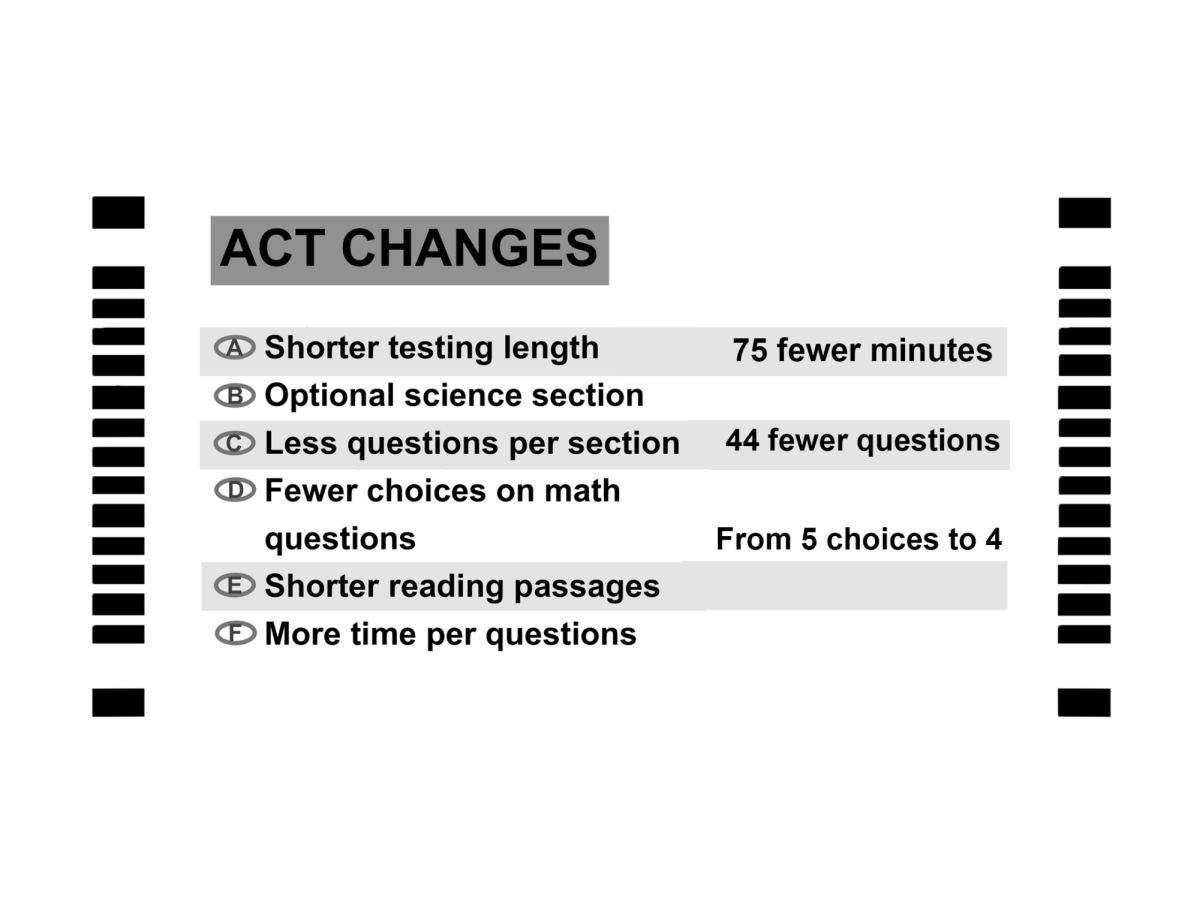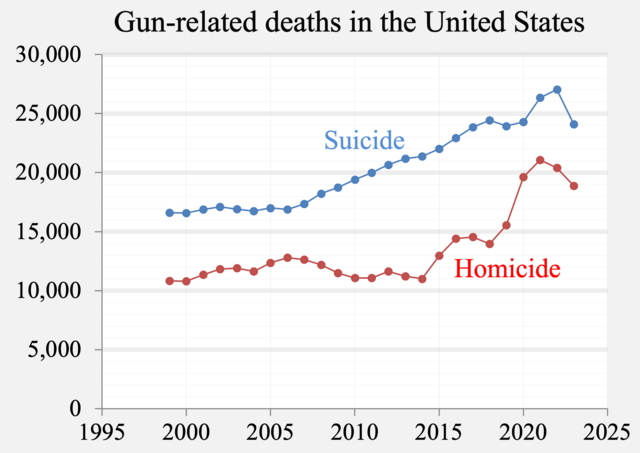Gerrymandering is an issue that has existed for decades, but has never been as prominent as it is today, with the Republican-controlled Texas state Senate recently passing a blatantly gerrymandered map of its congressional districts on Aug. 23. This came just a month after Texas Gov. Greg Abbott was told by President Donald Trump to change Texas’ districts to create five new potentially Republican seats in the House of Representatives, a move that was purely a power grab.
Texas’ actions have sparked a response from California lawmakers and California Gov.Gavin Newsom, who have made an aggressively gerrymandered map of their own, which citizens can vote on or against in November. The map redraws California’s congressional districts in a way that would add five Democratic seats to the House of Representatives, essentially offsetting the five Republican seats that Texas’ map aimed to add. While California’s reaction serves to merely make up for Texas’ gerrymandering in the House, both states are now utilizing this unfair tactic to fight each other, which comes at the expense of voting citizens across the country.
Gerrymandering is an extremely unethical way for partisan lawmakers to tip the scales in their favor when it comes to Congressional representation. The typical process of redistricting takes place every 10 years, and is done by using census data to ensure that states have a proportionate amount of representatives in the House of Representatives. States can lose or gain seats based on their population’s growth or decline. However, gerrymandering comes into play when these redrawn districts are manipulated to intentionally disparage a group or political party. It provides an unfair advantage to the political party currently in control of a state, while significantly diluting the effect of an individual’s vote.
Despite the fact that this is clearly an unfair and dishonest practice, it is still legal, with the Supreme Court ruling in the case Common Cause v. Rucho that, on the federal level, gerrymandered maps could not be disputed. In fact, the only restriction on gerrymandering is that it cannot be on the basis of race, despite the fact that gerrymandering often does harm minority groups disproportionately, who are indirectly targeted and given less representation by lawmakers.
Gerrymandering is not a new issue; it has been around since as early as 1812. However, Texas’ gerrymandered map marks a dangerous turn in the way this method of political control is being put to use. First, Trump and Abbott have chosen to redistrict Texas now, instead of doing it in 2030 during the next redistricting period. The motivation behind this was Trump’s desire to keep the Republican party in control of Congress following the midterm elections in 2026. Failure to do so would give majority to the Democrats, who will be in a much better position to restrict Trump’s actions during the last two years of his term. This tactic by Trump and the Republican party is simply a power grab, and one that catches everyday people in the crossfire.
California has chosen to fight fire with fire, however: a response that acts as a double-edged sword. On one hand, it has effectively nullified the unfair advantage the Republicans could have gained in Congress as a result of Texas’ redistricting. On the other hand, California would still be employing the same immoral tactic that Texas is using, which in turn harms voters in California. The intent of redistricting is to ensure that all elections are fair, as laid out by the Equal Protection Clause of the Fourteenth Amendment, and the idea of “one person one vote.” However, when both states utilize gerrymandering, both lose out on the fairness of their elections and alienate their minority voters.
Furthermore, Texas and California’s actions have elicited responses from other states, both Democratic and Republican-led, who have threatened to redistrict themselves, as a way of cancelling out the efforts of each other. This back and forth style of redistricting has plunged states into what some have called a “redistricting arms race,” which only serves to harm Americans more instead of focusing on real policy issues.
This is significant when you consider the immense political capital, or the amount of time, effort and overall governing ability required to constantly gerrymander congressional districts. The time politicians spend on the issue of gerrymandering is time that cannot be spent solving the real issues that our nation faces, and the effort is essentially wasted, considering gerrymandering does not benefit any of the citizens that politicians are meant to be working for. Not only does gerrymandering harm citizens by diluting their vote, it also prevents lawmakers from enacting change that will actually help people in their daily lives. In essence, gerrymandering is a useless exercise that benefits no one except the politicians who practice it.
In order to overcome this problem of political gerrymandering and manipulation, nonpartisan organizations must be the ones responsible for constructing the maps of districts in every state. This concept has already been utilized in certain states, such as Arizona, Colorado and Michigan, who employ independent commissions to make their district maps for them. All things considered, there must be federal regulations that require all states to use nonpartisan or independent commissions, in order to ensure that all districts are made in a fair way, and no person’s vote goes to waste.














